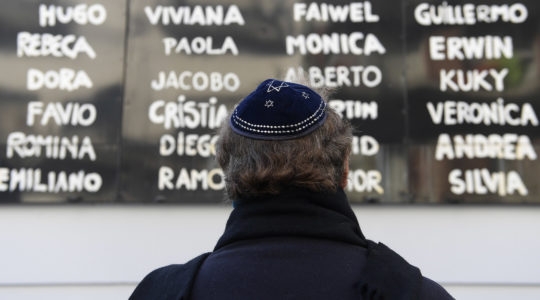
In the center of Copenhagen, just minutes walk from parliament and other institutions of Danish authority, lies the quasi-autonomous community of Christiania. Most of the literature describes it as a hippie commune, and that’s more or less accurate. Streets are unpaved, buildings are covered in colorful artwork, and surprises seem to lie behind every corner. Walking along the dark muddy streets Wednesday evening, I encountered a young girl in a fluorescent yellow vest riding a pony.
Along Pusher Street — the modest thoroughfare actually shows up on Google Maps — marijuana is sold nearly as openly as it is in Amsterdam. I had been warned that the government has cracked down on the trade in recent years, but I found several vendors selling varieties of hash and pot from small white plastic jars. Around the corner, a cafe boasted that it was the "safest in the world," thanks to 6,000 armed police inspections in the last five years.
As with all experiments in utopia, time and the encroachment of commercialism have somewhat diluted Christiania’s once idealistic raison d’etre. There have been sporadic acts of violence in the recent past and the drug trade attracts the usual litany of anti-social types. And while free love and communitarianism have given way, at least partly, to drug dealing and delinquency, the place still stands as something of a testament to Danish free-spiritedness and progressivism.
It is that same spirit that animates one of the central narratives of Danish Jewish history: the rescue of some 8,000 Jews — nearly all of Denmark’s Jewish population — in 1943. The Jews were spirited away to Sweden over several weeks in October where, for the next 22 months, they were sheltered from the Nazi storm. In stark contrast to what transpired elsewhere in Europe, nearly all Denmark’s Jews survived the onslaught. Or so the story does.
Like many Holocaust narratives, this one has been subjected to some degree of revisionism in recent years. Danes profited more significantly, and were subject to considerably less risk, than the popular story would have us believe. According to a document prepared by Sofie Lene Bak, a historian at the modest Danish Jewish Museum, families paid as much as 50,000 kronor for their passage to safety — a sum equal to about $200,000 in today’s currency.
 On Tuesday, I met with a survivor of that heroic, if perhaps less selfless, rescue. Leia Furmansky, now 80, well remembers the night of Oct. 6, 1943, and over coffee and cake at her seventh floor flat in Copenhagen’s Bellahøj neighborhood, she described her family’s clandestine escape to the harbor and on to Sweden.
On Tuesday, I met with a survivor of that heroic, if perhaps less selfless, rescue. Leia Furmansky, now 80, well remembers the night of Oct. 6, 1943, and over coffee and cake at her seventh floor flat in Copenhagen’s Bellahøj neighborhood, she described her family’s clandestine escape to the harbor and on to Sweden.
Though the whole story may not paint the Danes in quite as positive a light as the version with which most of us are familiar, the fact remains that Denmark’s Jews fared far, far better than their co-religionists elsewhere in Europe.
Like Christiania, the truth is less unvarnished than the myth. But there remains much beauty in the myth. And much truth too.





